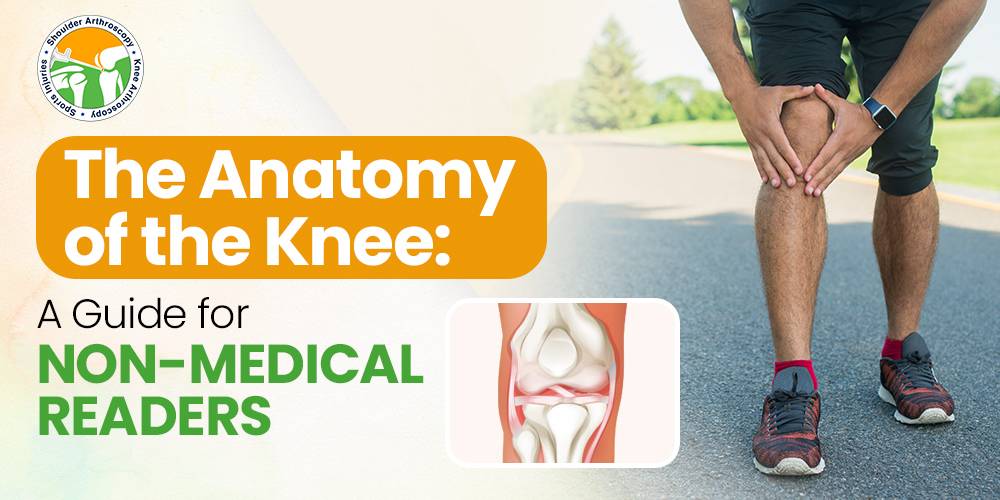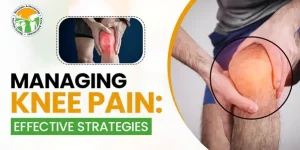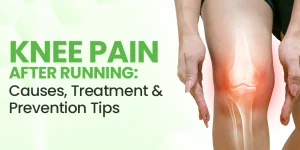The knee joint is one of the most complex and crucial joints in the human body, facilitating movement and bearing significant weight during daily activities. Understanding its anatomy can empower individuals to better care for their knees and prevent injuries. In this comprehensive guide, we will delve into the intricate structure of the knee, breaking down its components and functions in an accessible manner for non-medical readers.
Overview of the Knee Joint
At its core, the knee joint is a hinge joint that connects the thigh bone (femur) to the shinbone (tibia). However, its functionality extends beyond simple flexion and extension, allowing for rotational movements essential for activities like walking, running, and jumping. The knee joint also includes the patella (kneecap), which acts as a protective shield for the joint and enhances the leverage of the thigh muscles.
Components of the Knee
- Bones: The knee joint consists of three main bones: the femur, tibia, and patella. These bones are held together by ligaments and surrounded by protective cartilage.
- Ligaments: Ligaments are strong bands of tissue that connect bones to each other, providing stability to the knee joint. The major ligaments of the knee include the anterior cruciate ligament (ACL), posterior cruciate ligament (PCL), medial collateral ligament (MCL), and lateral collateral ligament (LCL).
- Cartilage: Cartilage serves as a cushion between the bones of the knee, reducing friction and absorbing shock during movement. The knee contains two types of cartilage: articular cartilage covers the ends of the femur, tibia, and patella, while meniscal cartilage (meniscus) acts as a shock absorber between the femur and tibia.
Functions of the Knee
The knee joint performs several crucial functions that enable smooth movement and weight-bearing:
- Flexion and Extension: The primary function of the knee joint is to bend (flexion) and straighten (extension) the leg, allowing for activities like walking, running, and squatting.
- Rotation: In addition to flexion and extension, the knee joint also allows for rotational movements, such as pivoting during sports activities.
- Weight Bearing: The knee joint bears a significant portion of the body’s weight during standing, walking, and other weight-bearing activities, distributing the load evenly to prevent excessive strain on any single area.
Common Knee Injuries and Conditions
Preventing knee injuries and managing existing conditions require a proactive approach:
- Exercise and Strength Training: Strengthening the muscles around the knee, particularly the quadriceps and hamstrings, can help stabilize the joint and reduce the risk of injuries.
- Proper Technique and Form: Whether engaging in sports activities or performing daily tasks, using proper technique and form can minimize stress on the knee joint and prevent injuries.
- Warm-Up and Stretching: Prior to physical activity, warming up and stretching the muscles around the knee can improve flexibility and reduce the risk of strains and sprains.
- Rest and Recovery: Giving the knee adequate rest and allowing time for recovery is essential for healing and preventing overuse injuries.
- Medical Intervention: In cases of severe injury or chronic conditions, medical intervention may be necessary. Treatment options may include physical therapy, medications, injections, or surgical procedures, depending on the severity of the condition.
Importance of Knee Health
The knee joint is pivotal for mobility, allowing us to walk, run, jump, and perform various activities essential for daily life. As such, maintaining knee health is paramount to preserving overall physical function and quality of life.
Impact of Knee Injuries
- Decreased Mobility: Knee injuries can severely limit mobility, making it difficult to perform basic tasks like walking or climbing stairs.
- Chronic Pain: Injuries and conditions such as osteoarthritis can cause chronic pain and discomfort, hindering daily activities and diminishing quality of life.
- Reduced Independence: Severe knee injuries may result in reduced independence, requiring assistance with activities of daily living.
- Impact on Mental Well-being: Chronic knee pain and disability can take a toll on mental well-being, leading to feelings of frustration, depression, and anxiety.
Conclusion
The anatomy of the knee is essential for maintaining optimal joint health and preventing injuries. By familiarizing yourself with the components and functions of the knee joint, you can take proactive measures to protect and strengthen this vital structure. Whether through exercise, proper technique, or medical intervention when necessary, prioritizing knee health can contribute to overall well-being and quality of life.



